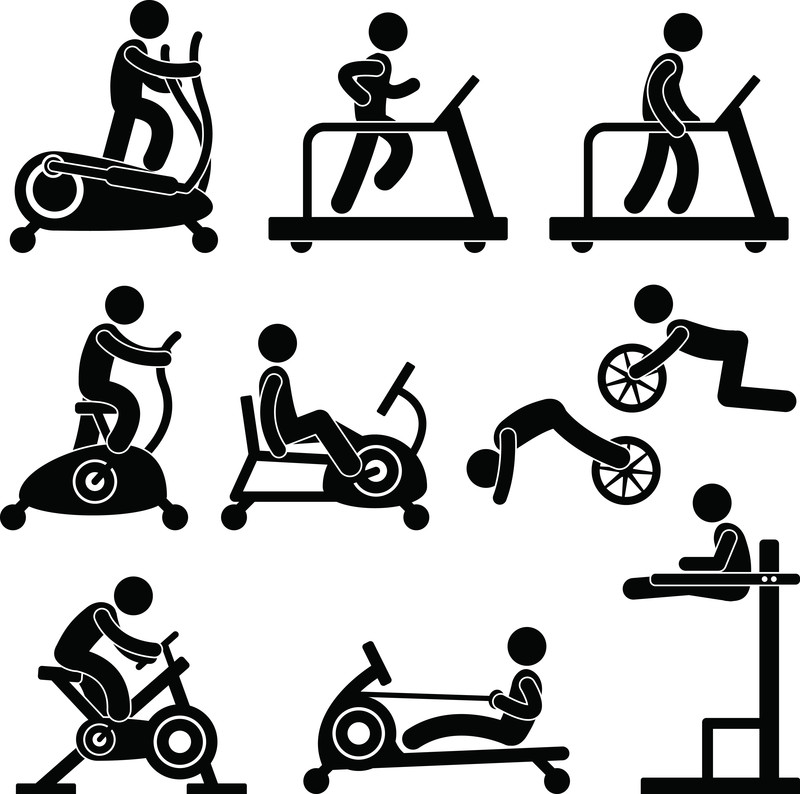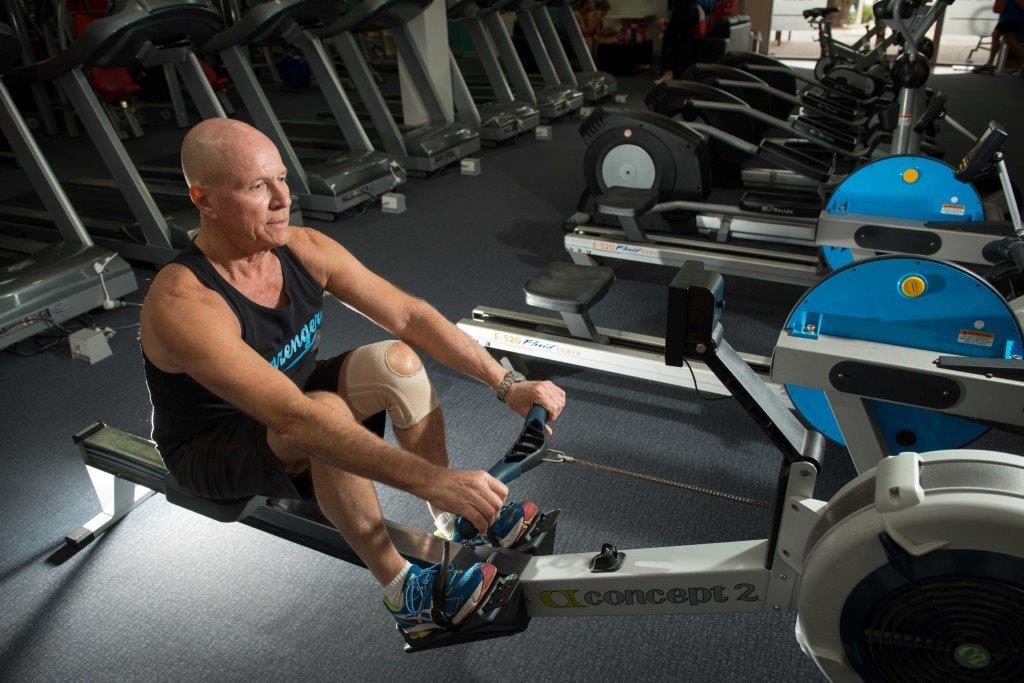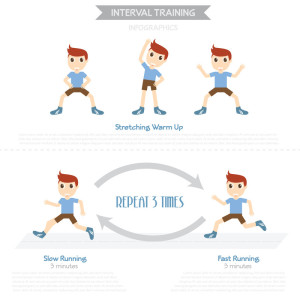I have written about High Intensity Interval Training a couple of times recently because it is something I love to do twice a week – on my cardio days. Apart from slowing the ageing process and increasing heart health, it is short and sweet and has a great effect on your body for the amount of time you put in.
In other words it is one of the best fat burning exercises around and you will have an increased metabolism.
But is it for everyone?
Hell NO!
High Intensity Interval Training definitely isn’t for everyone.

Even though it’s the fastest moving fitness workout that’s trending at the moment many trainers are worried that some people are pushing themselves way too hard when they have health problems or other issues regardless of the HIIT benefits.
This is always one of the problems when something new comes out and gets lots of airplay. Everyone wants to get on the boat and give it a go whether they are ready to sail or not. And this is where the problems start.
Up until the last couple of years, HIIT was mainly performed by professional athletes or serious fitness buffs – people who are already in great shape, but want to take their fitness and endurance to new levels.
Currently, the HIIT DVDs are being snatched off the shelves in record numbers and gyms are seeing a huge surge in HIIT workouts.
To give you an idea of how fast it’s growing – last year, it wasn’t even on the list of fitness trends by the ACSM (American College of Sports Medicine) but this year it’s at the top of the list.
One of the perks of HIIT training is that it knocks off about 40 minutes of an hour long workout and produces the same results in 20 minutes or less. It’s efficient and effective and it’s catching on like wildfire. And, it’s not boring like most cardio type routines.
The problem is heaps of people are jumping onto the HIIT bandwagon before they work themselves up to a high level of physical condition which is capable of handling such a strenuous workout.
Lots of newbies who exercise are trying HIIT so just be warned, you may hurt yourself by going from low intensity to super-charged in one big leap. I am not saying don’t do it, I am suggesting you work up to it slowly to prevent any injury problems.
Many orthopedic practitioners are seeing a surge in joint injuries such as knees, ankles and hips and other medical practices are seeing increases in cardio difficulties from those who are beginning HIIT before they should. So this is a good warning sign to be careful.
The good news is that HIIT can be lowered in intensity to fit your physical level so you can build your conditioning levels up over a few months before engaging in more intensive workouts.
Another thing is, since the recovery period of HIIT is just as important as the intensity level, your heart can become stronger with only a small level of intense exercises especially when compared with solid state cardio.
If you’re thinking of beginning a HIIT program, make sure you begin slowly and get some advice from a personal trainer as to what sort of program you should be following – even if you’re already in good physical shape.
If you are thinking of giving HIIT a try, here is an easy and gentle way of easing into it especially if you are getting up to my vintage. Warm up first (moderate walking for five to ten minutes) then speed walk for say two minutes and then slow down for four minutes then speed up again for another two minutes. Keep this going for 20 to 30 minutes.
One of my favourites is HIIT rowing.

I prefer the Concept 2 rowing machine. This HIIT routine could be your total workout for the day. Warm up first…….I do 1km at a medium pace. Rest for 2 minutes. Now I do five consecutive 20/40’s. That is, row flat out for 20 seconds and then row the next 40 seconds at a moderate pace – this is your recovery period. Do this 5 times then take a two minute rest and go it again.
Do three to five circuits and you are done for the day – well and truly if you have put your back into it.
You could also do a Tabata workout which has a very similar effect.
Instead of the consecutive 20/40’s as above, we do 20/10’s. That is 20 seconds flat and 10 seconds recovery (slow rowing) for four minutes. Take a two minute break and do four rounds in total. You will be quite fatigued by the time you have finished. If you want to do a weight session as well then do it first as you will get a much better metabolic blast by doing the Tabata last.
If you have been sedentary for a few years and want to give a HIIT program a go, then make sure you check with your doctor before your start. Also, if you have a cardiovascular or joint problem, you should get your doctor’s okay before beginning any type of exercise routine. My advice is to work up to it slowly……..don’t go in too hard to start off with otherwise you may find yourself passed out on the floor.
For more information here is an excellent article: What is Tabata Training?
Also, read about the Anti-Aging Benefits of HIIT – this New Study Uncovers Some Home Truths About Anti-Aging.
And one last tip…….even if you are really fit, don’t do HIIT every day and if you want a really good molecular burn at the end of your normal workout is just one or two rounds of my rowing circuit above to finish off with (or you could do the same on a bike).

Cheers – John – your Active Ageing Coach and Activist.
P.S. Help a friend get fit……like and share. Thanks.
[…] find I get the best results from HIIT (High Intensity Interval Training) and it takes less time for better results than the old solid state cardio. You might like to take […]